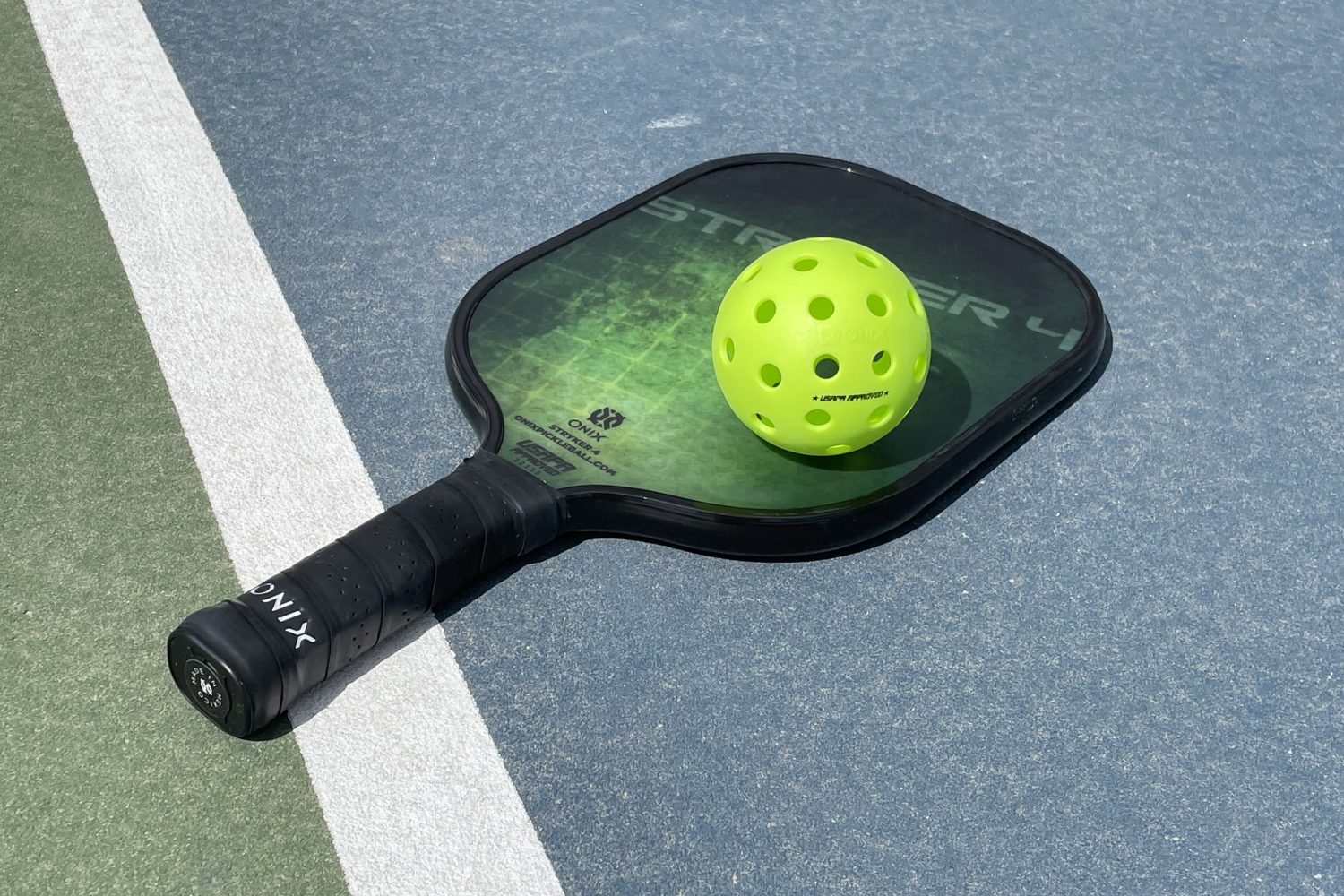When I was little, I couldn't go to sleep with the closet door open. I was afraid someone was in there. I still can't. It's a silly fear, and it makes even less sense now–because no one could possibly fit in my jumbled closet.
Almost everyone has some kind of closet anxiety. Not enough hanging space. Need more shelves. Can't find anything.
Enter closet organization systems–from do-it-yourself wire shelving to installed, midprice systems to high-end custom cabinets.
I decided to put a couple of closet organizers to the test on my small, reach-in closet. I skipped custom cabinet designers, which typically charge a design fee and are better suited to larger closets.
I started with the Container Store, an easy pick because of its Elfa closet system. The ventilated wire shelving and drawer system has been around for years–it originated in Europe in 1947–and has a reputation for easy installation. (The Container Store has locations in Tenleytown, Rockville, Tysons Corner, and Clarendon; containerstore.com.)
Longevity won out in choosing a second closet option, too. California Closets hit the market in 1978. Today the national franchise's custom closets are available at three price points. (You can visit the Fairfax showroom, 2800A Dorr Ave., 703-573-9300, or see calclosets.com.)
MY CLOSET: Actually it's two side-by-side reach-in closets, each measuring 40 inches wide, 23 inches deep, and eight feet high. Separated by an interior wall, each closet has two bifold doors. Getting to whatever hangs on the sides means having to reach behind the folded doors. The bifolds also mean you can't put drawers or pullouts on either side. If you want that option, you have to go down the middle.
INSIDE: The left closet came equipped with a metal rod six inches from the ceiling–or seven feet high–another rod 49 inches from the floor, and a wood shelf right above that rod. The right closet has a built-in shelf 18 inches from the ceiling, another one 32 inches from the ceiling, and a metal rod right below that, 63 inches from the floor.
PROBLEM: The upper rod in the left closet is too high, even on my tiptoes. The shelf below amounts to wasted space. Too much space–the top shelf in the right closet–is devoted to out-of-reach storage. Shoes are hard to find on the dark floor.
GOAL: Keep the same amount of hanging space but make it all reachable. Make better use of wasted space. Get shoes off the floor.
Container Store: Easy and Innovative
Here's how my Elfa experience went at the Container Store.
APPOINTMENT: Actually, you don't need an appointment. Just show up at a store. The company's motto is "We do free space planning every day." Professional organizers–trained in Elfa–are at every store. I had to wait about ten minutes for one to finish up with another customer, but it gave me time to look at the displays and get some ideas.
CONSULTATION: My organizer told me he was new, but he didn't seem unknowledgeable. We chatted a few minutes about what I kept in the closet, what my biggest frustrations were, and how I wanted the closet to function. He wanted to know what kind of clothes (dresses, pants, sweaters, jeans, jackets) and accessories (shoes, scarves, belts) were going into the closet and about how much space (hanging, shelf, floor) they took up.
I came prepared with measurements and an embarrassing sketch showing what went where in my existing closet, so he was pleased.
DESIGN: Although the options in the catalog seemed overwhelming, the actual design didn't take long. That's one advantage of a reach-in: The constraints of the space mean fewer decisions. We kicked around a couple of the finer points, but my organizer came up with the core design in about 15 minutes.
DETAILS: The left closet would get my favorite feature: an eight-drawer rolling cart with a top of solid melamine, or laminated particleboard. Double-hang rods–one over the other–would flank either side, each topped with a shelf. Having the tall cart dead-center would mean more reaching around the bifold doors, but I was willing to make the sacrifice. My organizer persuaded me I was lucky to have eight feet of height and extra space to stash, so into the plan went shelving the length of both sides.
The right closet would keep a rod for hanging across its width, but a little higher, at 72 inches above the floor, with a single adjustable shelf above. That would make room for two additions below: a shorter rod for a clump of shirts or other type of garment to hang to one side, and five angled shoe shelves to the other side.
RENDERING: My organizer drafted my new Elfa closet to scale on graph paper. He drew an elevation (looking straight on) and a plan view (looking down on it). Then he labeled each component with a numeric code and measurement. You can get a computer-generated plan, showing your closet with your Elfa pieces in place, at the new DC store on Wisconsin Avenue.
ESTIMATE: With Elfa's new platinum finish, a little pricier than the same components in white, the estimate for my closet came to $691.
TIMELINE: The Container Store stocks Elfa. I could have taken home my closet system that day.
SELLING POINTS: Flexibility that can change with your needs. Easy installation. Free space planning. Same-day availability.
California Closets: Traditional Built-ins
I didn't have to leave home to check out California Closets.
APPOINTMENT: I called on a Wednesday and booked an at-home appointment for the upcoming Monday. You can visit a local showroom to get a look at the product, but the designer comes to check out your closet.
CONSULTATION: My designer showed up on time, calling ahead to let me know he was on the way. He was a seasoned pro and colorful, even by designer standards. He took measurements–a lot more than I did, pounded on the wall in a few spots, and shook his head. We talked about what needed to hang, what could fold, how many shoes had to stay. I asked if it would be worth knocking out the wall separating the two sides. He said no. Maybe installing new doors would maximize space? Nope, these were the best I could do. Nothing about my project was inspired. So I got to hear about a lot of other jobs that were.
DESIGN: The right closet would get the biggest overhaul, with 18-inch-wide adjustable white shelves running down the middle, from top to bottom. Shoes would sit at an angle on the bottom five shelves, for easy viewing. The rest would work great for shirts, sweaters, jeans, and other folded garments. Double-hang rods topped with shelves would hold clothes on either side.
The left closet would become all hanging space–divided into four units, so I could arrange clothing in groups. The bottom two each would have a pullout accessory rack. California Closets mostly uses cabinetry that looks like furniture, with doors and drawers. It's a step up from wire shelving. But my closet was too small for most of those furniture-like pieces.
RENDERING: My designer sketched my new closet freehand on an unlined legal sheet of paper. It includes measurements, a few labels, and squiggles for shoes but wouldn't win over a reluctant spouse.
ESTIMATE: The estimate for my California Closet came to $1,155.
TIMELINE: The local franchise typically completes a closet within two weeks.
SELLING POINTS: The cabinets look more like furniture but cost less than custom-made. Free in-home design advice. Quick turnaround.
FINAL ANALYSIS: The Container Store and California Closets consider themselves competitors. But I wonder how much they duke it out in the reach-in arena.
The Container Store's Elfa system adapts to cramped spaces. It's easy to install: Simply drill in the top track. The other components–shelves, baskets, rods–hook in. You'll even find a practice drill station at the store.
California Closets, in my mind, really shines in open areas and walk-ins. The built-ins are more permanent and traditional. But I'm not sure what would persuade a customer to spend nearly twice the price on furniture-look cabinets that wind up behind closed doors.

















